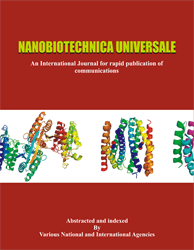Assessment of the health of streams of Sukhia Pokhari, Darjeeling (West Bengal) using Aquatic Macroinvertebrates
Dawa Bhutia*
P.G. Department of Zoology, Darjeeling Government College, Darjeeling, West Bengal - 734101 India *Corresponding Author: dbhutia16@gmail.com
ABSTRACT
Sukhia Pokhari, like all other Himalayan areas, is conferred with a network of countless perennial streams that serve as a significant source of drinking water. These swell up during the rainy season but are reduced to narrow channels in summer. There have been concerns over the deterioration of these streams, especially those passing through human habitations. Benthic macroinvertebrates are sensitive to changes in different physicochemical and biological metrics, which make them ideal biomonitoring tools for assessing anthropogenic impacts. This study examines how benthic macroinvertebrate communities reflect stream health using the Hilsenhoff Biotic Index HBI. 4 different drinking water sources of Sukhia Pokhri and its adjoining villages were studied. A total of 14 macroinvertebrate genera were caught. Temporal changes in the abundance of dominating species were also investigated, as well as their relationships with physicochemical factors like temperature, total dissolved solids, electrical conductivity, dissolved oxygen and total hardness. The findings indicate only a slight disturbance in the streams, indicating better ecological status of streams used for drinking. Seasonal fluctuations in physicochemical parameters and macroinvertebrate abundance were also observed, and the rainy monsoon season had a smaller population than the dry season.
